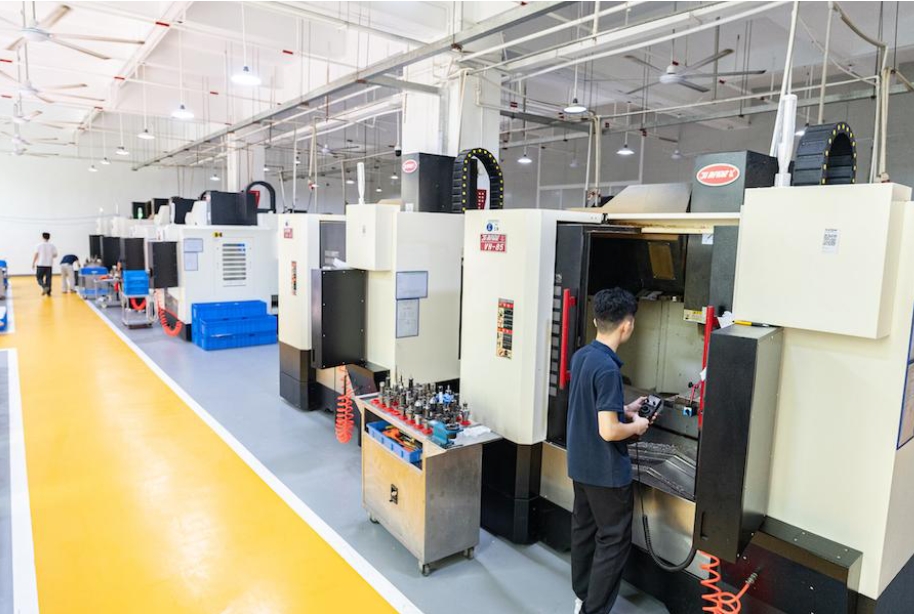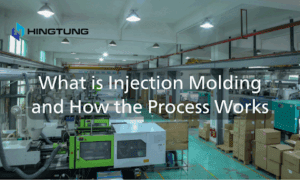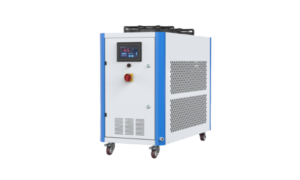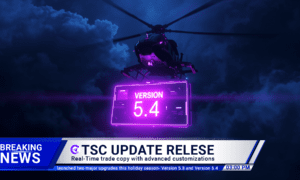The automotive industry exists within a continuously evolving field that involves maintaining equilibrium between innovation along with cost efficiency and quality requirements. Out of all the elements that compose vehicles tail lights stand as essential for operational efficiency and appearance quality. The safety requirements and design unity with the vehicle must be fulfilled by these components simultaneously with their durability performance.
Low-volume production runs such as for specialist vehicles together with prototypes as well as aftermarket parts make traditional high-volume manufacturing through injection molding an inefficient and expensive process. Rapid injection molding brings crucial operational advantages including flexibility and precision together with cost efficiency to the manufacturing process.
The article reveals the significant functions of low-volume automotive tail light production through injection molding which achieves efficient prototyping together with high-quality manufacturing accuracy and industry specialization customization options.
Enabling Cost-Efficient Prototyping
Tail light development starts well before completing the production cycle for a vehicle. Design testing occurs through prototyping to achieve validation along with refinement of design elements. Rapid injection molding creates an excellent prototype for making tail light components that closely match production design. Rapid injection molding avoids traditional high-volume methods by using either aluminum tooling or 3D-printed molds instead of steel molds. Cheap to make and quick to manufacture these tools work perfectly for short production needs.
Companies like WayKen rapid manufacturing offer these services. Automotive groups can produce functional prototypes for their tail lights in weeks. The technology enables companies to meet strict deadlines through rapid production while maintaining financial stability. Testing lenses and housing components and internal units become possible before manufacturers need to invest in expensive tooling systems. By promptly detecting issues developers can resolve problems ahead of later development phases thus preventing additional delays.
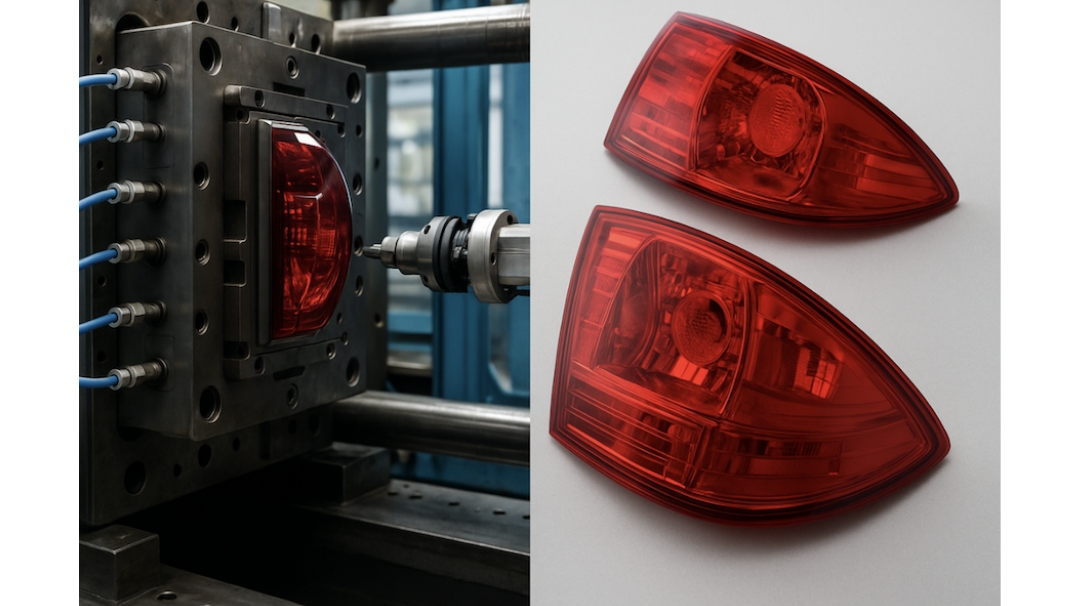
One advantage of prototyping occurs through the use of actual materials that will be used for mass production. Prototypes appear equal to the finished products and demonstrate their functionality. Tail lights must resist UV exposure, temperature variations, and mechanical vibrations. The rapid injection molding process enables teams to subject their early parts to actual material tests that evaluate aspects like light clarity together with impact resistance performance. Manufacturing according to safety requirements and durability standards takes place.
Ensuring High-Quality Production with Tight Tolerances
Automotive tail lights need tight manufacturing tolerances because they require exact specifications for both their fitment and operational qualities alongside visual attributes. The precise manufacturing requirements become hard to meet in low-volume production because economies of scale decline while unit costs rise. The combination of advanced manufacturing techniques with tight process protocols through rapid injection molding produces consistent high-quality parts.
One of the most significant strengths of injection molding lies in its manufacturing capability to create intricate shapes with excellent precision levels. Tail lights require intricate design which involves curved lenses and integrated reflectors together with multiple assembly materials. The rapid injection molding system achieves precise part fabrication through designs that maintain tight tolerances of ±0.05 mm for perfect vehicle structural alignment. The precise characteristics represent fundamental requirements to maintain pristine vehicle aesthetics while enabling tail lights to bring about safe performance by following precise light direction requirements per rule specifications.
The rapid injection molding process enables the production of specialized materials that best suit tail light specifications. Polycarbonate (PC) alongside polymethyl methacrylate (PMMA) are widely implemented for tail light lenses because they deliver outstanding clarity together with impact endurance and strong UV protection. Beyond precise shaping of optical properties, these materials excel at fulfilling requirements related to safety and branding needs. Tail lights with unique tinted finishes represent a specific requirement that luxury vehicle manufacturers implement when creating limited-edition models. Rapid injection molding produces material specifications consistently throughout production even with limited production volumes.
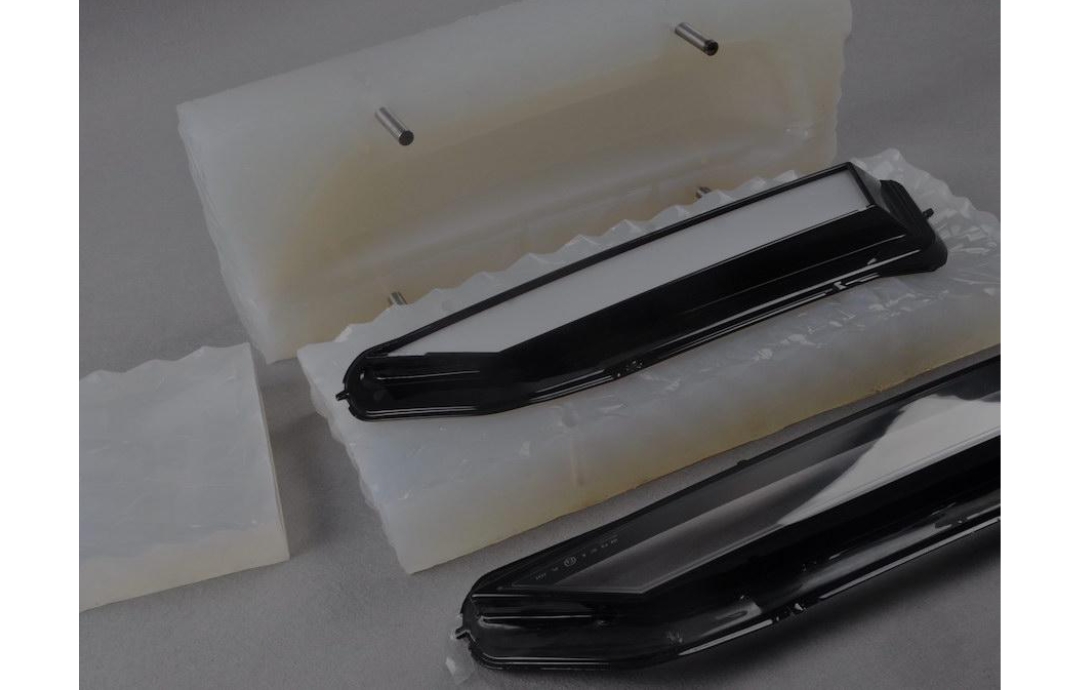
Rapid injection molding machines incorporate built-in quality controls in their modern manufacturing systems. Modern machines provide real-time monitoring to check for both warping and incomplete fill conditions in the manufacturing process. Each manufactured part fulfills its designated specifications through this approach. This precision level stands as a significant advantage for low-volume production scenarios because waste becomes a substantial cost factor.
Supporting Customization for Niche Markets
The automotive industry targets distinct customer segments by producing original aftermarket components as well as unique limited-release vehicles. Tail lights present an excellent opportunity for manufacturers to differentiate vehicles because they strongly shape a vehicle’s appearance. Manufacturers leverage rapid injection molding to produce specialized automotive solutions that include retro-inspired classic car designs and futuristic LED-integrated tail lights which they deliver without traditional manufacturing expenses.
The tooling system of these machines incorporates adaptability as its main characteristic. Rapid injection molding processes soft molds exclusively instead of using hard steel molds that require large production numbers. The technology reduces manufacturing expenses while enabling producers to design a wide range of tail lights easily. The production run of 300–500 special model units allow businesses to add exclusive lighting features at reasonable cost levels.
The custom options of tail lights extend into both material choices and finishing options. Through multi-shot molding rapid injection molding enables different material or color injections into one mold to produce intricate and visually appealing tail lights. The technique proves essential for producing small batches of products because it lets manufacturers create distinctive designs that can fetch higher prices.
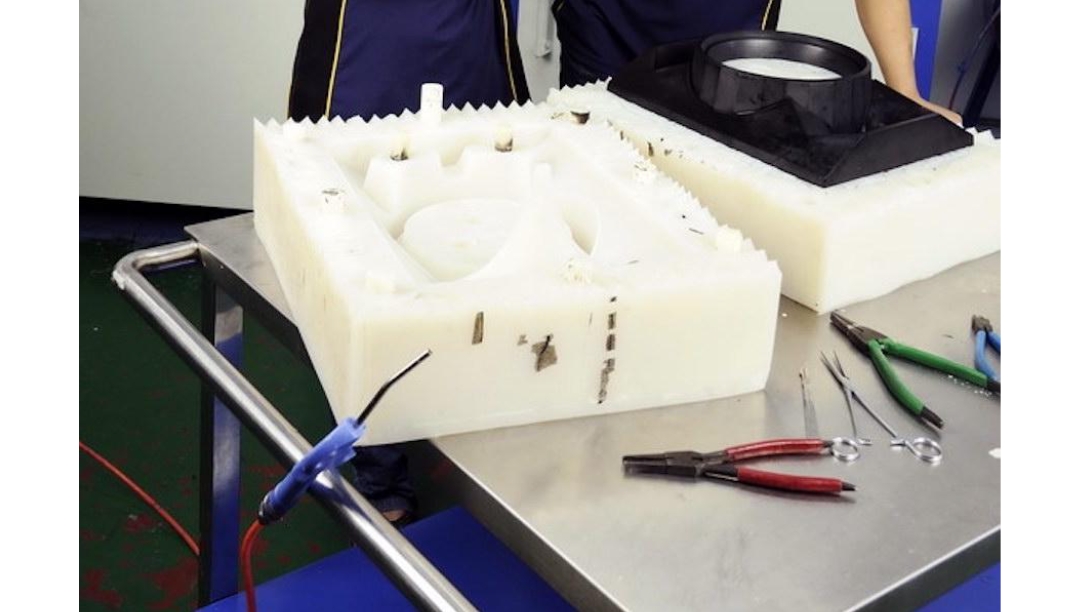
The manufacturer produces high-end aftermarket tail lights with smoked lenses and chrome accents to serve enthusiasts paying for custom performance upgrades. Through its advanced customization features rapid injection molding enables companies to access appealing niche markets that focus on handmade individual products.
Because of rapid tools manufacturers experience faster mold changes and updates. The timeline for design changes through rapid tooling activities requires days instead of waiting weeks. The fast response capabilities matter in product segments when styles transform frequently. The aftermarket along with other automotive trends experiences rapid evolution patterns. Rapid molding production enables manufacturers to deliver products during key periods without losing business potential.
Conclusion
Rapid injection molding is essential in low-volume automotive tail light production by enabling cost-effective prototyping, precise manufacturing, and flexible customization. It addresses the challenges of small-batch manufacturing through advanced tooling, production-grade materials, and streamlined processes. As demand for specialty vehicles and custom parts grows, this method will continue driving innovation and efficiency in the industry.

